3 sectors with the highest volume of VC investment in Latam
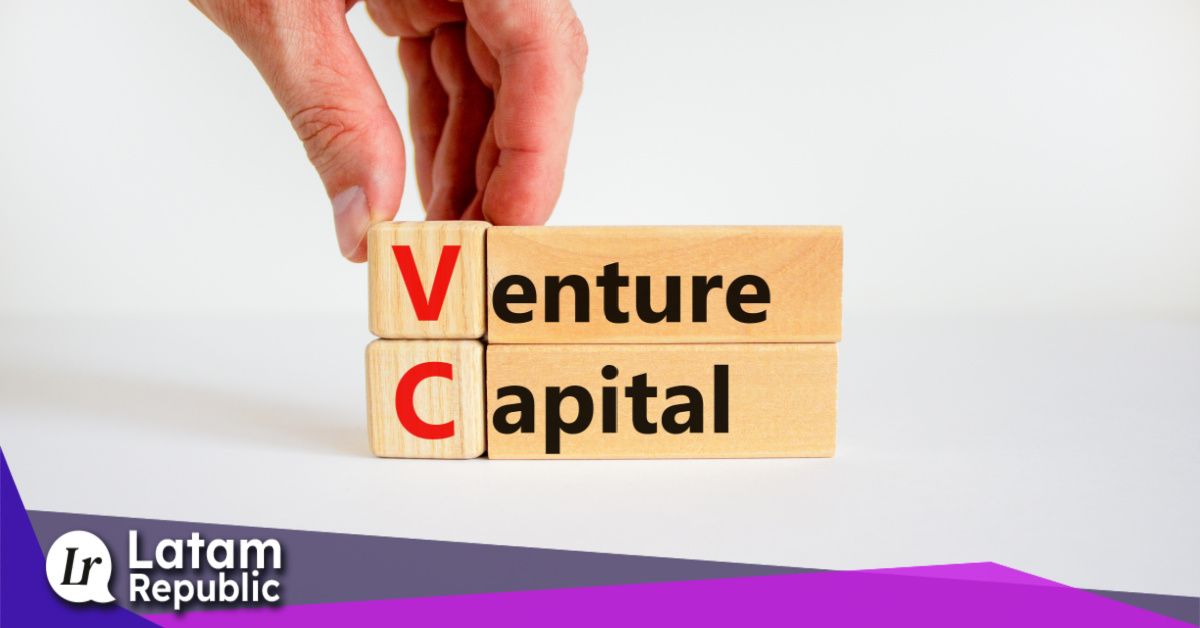
In the first half of 2023, Latin America witnessed a technological revolution in three key sectors: Fintech, Proptech and Retailtech. These sectors have experienced a significant increase in venture capital (VC) investment, demonstrating the growing interest in integrating technology into traditionally non-technology industries.
Fintech: Redefining Financial Services
The Fintech sector has been one of the main protagonists of this technological revolution. It refers to technology companies that offer a wide range of financial services, modernizing and enhancing traditional banking, payments, investments and more. Some notable examples in this category are Crema, Nubank and Paggo.
Crema
This platform has been specially designed for independent professionals. It offers flexible payment options, guarantees, service provider contracts and an active community of professionals. What sets Crema apart is its automatic billing system and the creation of service provider contracts based on the project deliverables, which provides security to both the client and the professional.
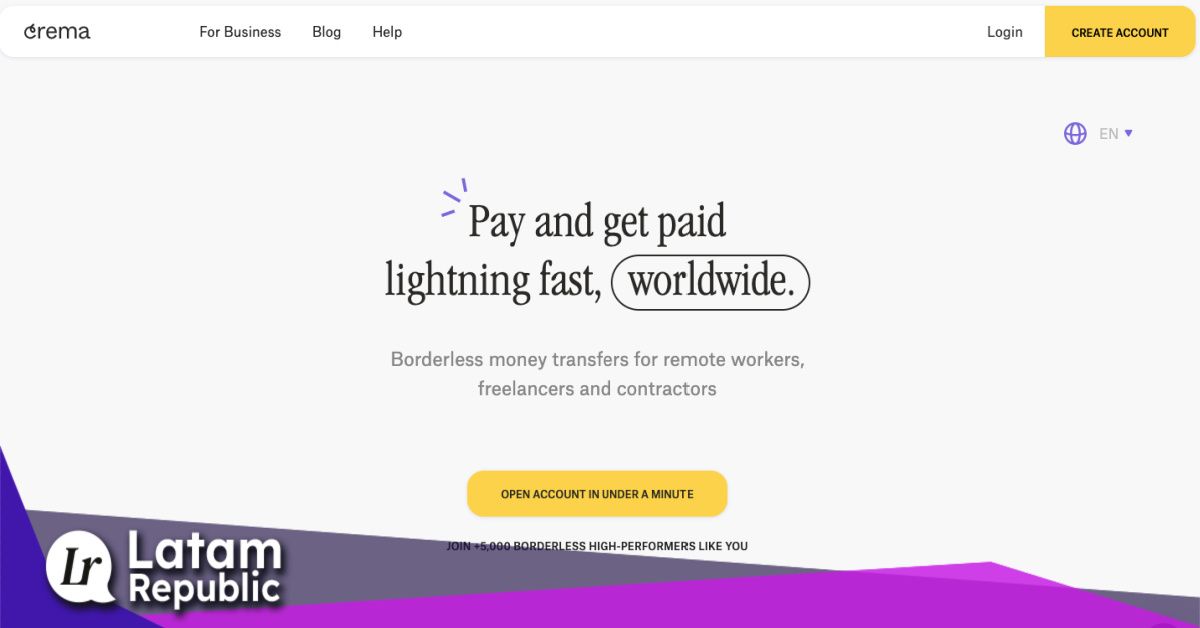
Nubank
Founded in 2013, Nubank has become one of the world's largest digital financial services platforms. It offers a variety of products, including its popular Mastercard card, accounts, personal loans and life insurance. Nubank strives to simplify people's lives through simple and affordable financial solutions.

Paggo
This startup specializes in point-of-sale (POS) solutions. It offers the ability to buy a POS online and receive it in record time, avoiding long queues at banks. Paggo also makes it easy to send payment links and affiliates to its platform within minutes, allowing merchants to accept international card payments at competitive rates.

Retailtech: Transforming the Shopping Experience
The Retailtech sector focuses on technology that enhances the shopping experience, both online and in-store. A prominent company in this field is Instaleap.
Instaleap
This global company is dedicated to developing technology for logistics and efficient delivery in e-commerce. Provides advanced software solutions for leading retailers such as Walmart, Falabella and HEB. Its focus on cost efficiency and customer experience has contributed to its success in more than 30 countries, with more than 30 million orders delivered and a reach of more than 50,000 stores.

Celes
Is an Artificial Intelligence and Data Analytics platform that uses store information to optimize cash flow. With integrations to multiple point-of-sale and ERP systems, Celes processes transactional and customer behavior data to help businesses solve financial problems in seconds.
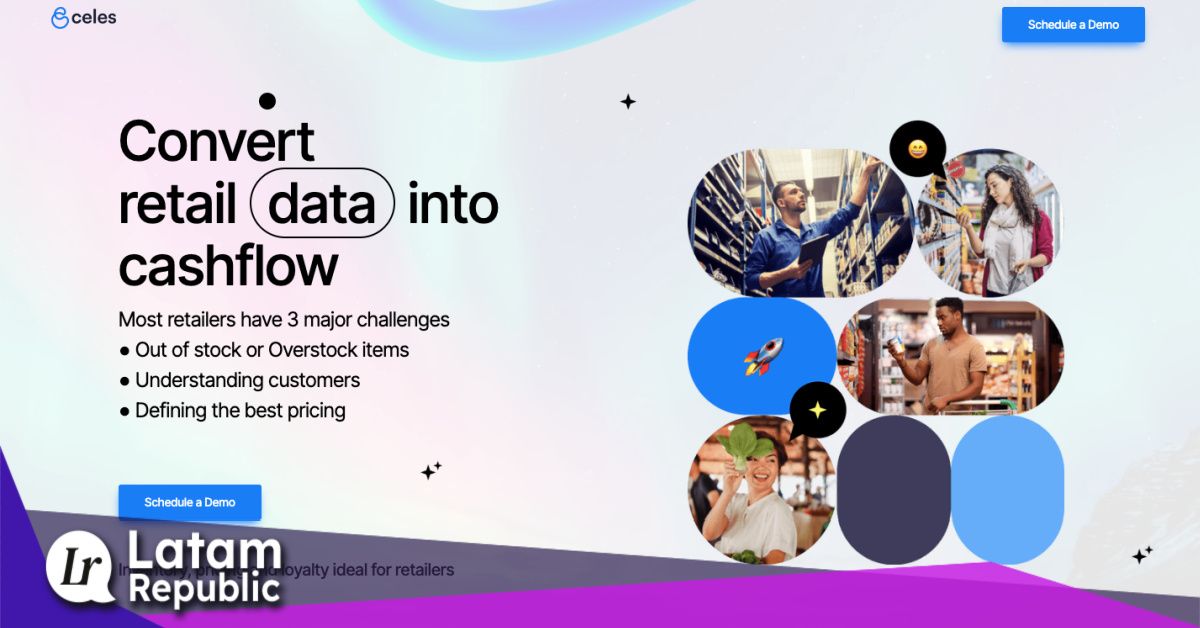
Proptech: Modernizing the Real Estate Sector
The Proptech sector focuses on technology for the real estate market, optimizing the buying, selling, renting and management of properties. Examples of this progress are Habi and Propi.
Habi
This Colombian platform has revolutionized property sales by allowing people to sell homes online. Habi buys apartments in less than 10 days and remodels them to put them up for sale at competitive prices. With a presence in Medellín and Bogotá, Habi offers investment opportunities and the convenience of acquiring remodeled homes.
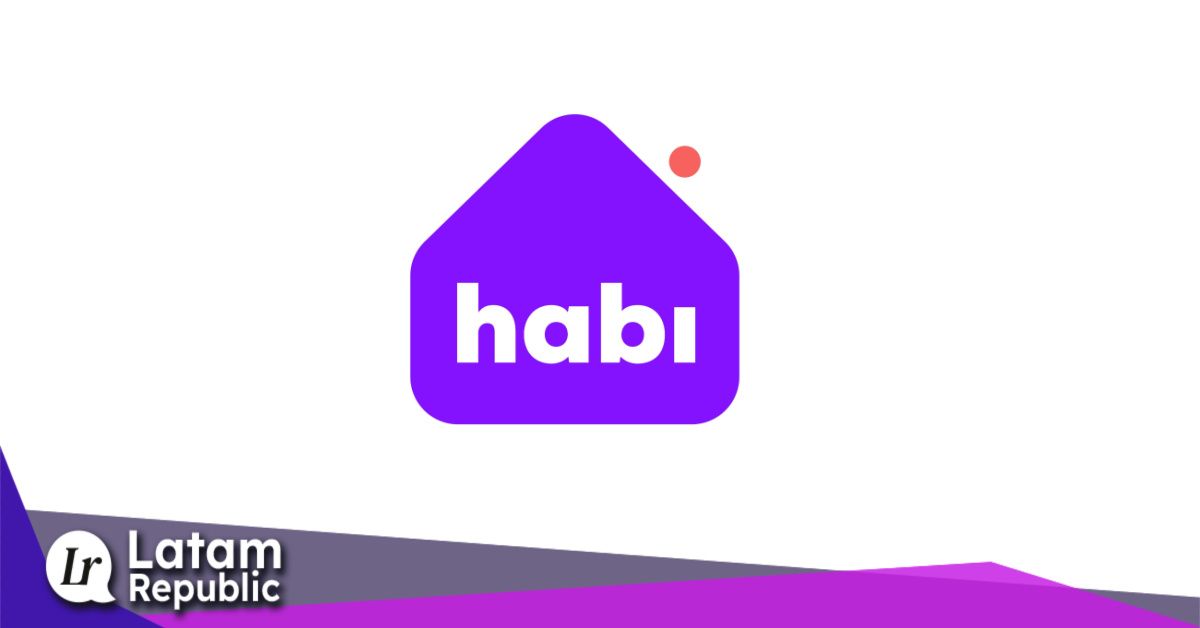
Propi
As a real estate superapp, Propi seeks to transform real estate transactions in Central America and the Caribbean. Its focus on efficiency and transparency has democratized the real estate market in the region. Propi offers a variety of free services for homeowners and charges a brokerage commission when initiating a contract.
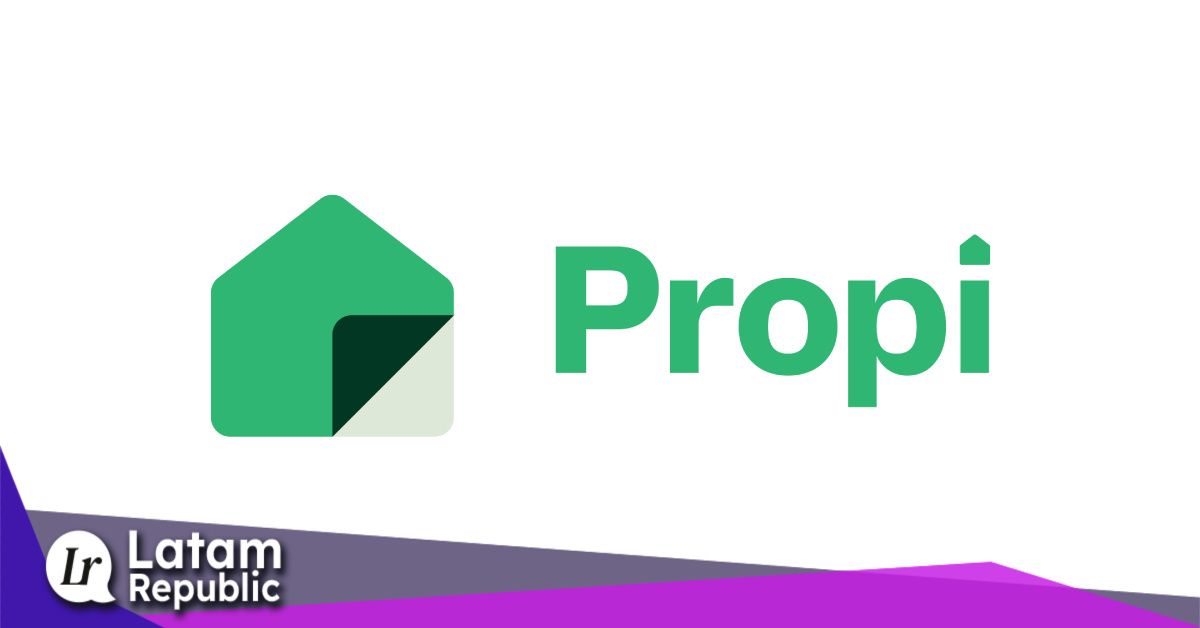
Growing investment in Fintech, Proptech and Retailtech is redefining the way we interact with financial services, property and the buying experience in Latin America. These innovative startups are driving significant change in their respective industries and promise a more efficient and accessible future for all Latin Americans.
More information can be found in the report that Cuantico made "Venture Capital Trends in #LATAM: an Overview for H1 2023"
